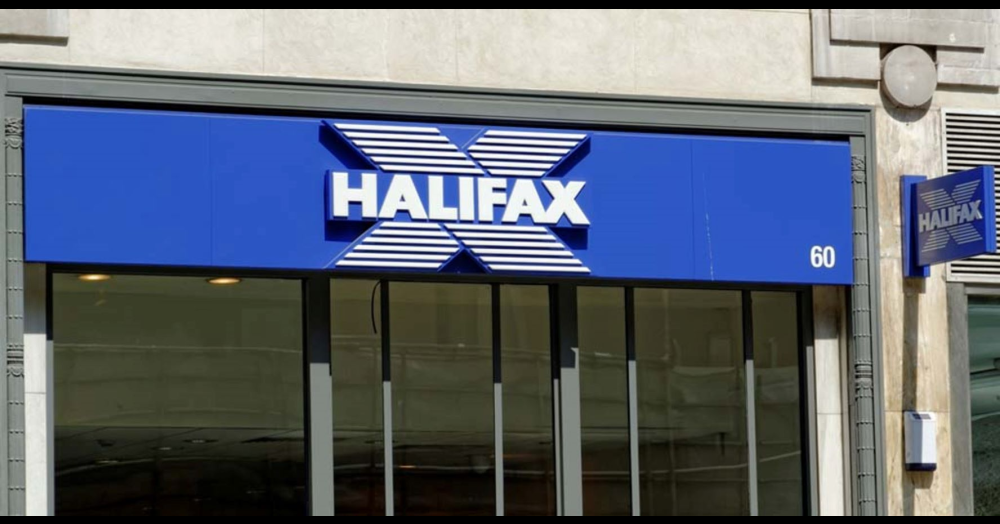Monthly house price growth slowed in January to 0.3% – the lowest rise since June 2021. Yet, despite this slight dip, the annual rate of growth remains steady at 9.7% and saw the average price of a home hit a new record high of £276,759, according to the latest data released by Halifax.
In keeping with last year, Wales kicked off 2022 as by far the strongest performing nation or region in the UK. With annual house price inflation of 13.9%, down marginally from December, the average house price fell slightly to £205,253.
Northern Ireland also continues to record strong price growth, with prices up 10.2% on last year, giving an average property value in January of £170,982.
House price growth remains strong in Scotland too, though the annual rate of inflation slowed somewhat to 8.9%, with the average property price edging down to £192,698.
In England, the North West was once again the strongest performing region (up 12.0% year-on-year, average house price of
£213,200) and now has the second-highest rate of annual growth in the UK.
While London remains the weakest performing area of the UK, the capital continued its recent upward trend with annual house price inflation accelerating for a third straight month to now stand at 4.5%. This was double the rate recorded in December and its strongest performance in over a year.
Russell Galley, Managing Director, Halifax, comments: “House price growth slowed somewhat at the start of the year, rising by just 0.3% in January, the smallest monthly increase since June 2021. This followed four consecutive months of gains above 1%, and with annual growth remaining at 9.7%, the average UK house price was little changed, edging up slightly to a new record high of £276,759. Overall prices remain around £24,500 up on this time last year, and £37,500 higher than two years ago.
“Following the peak activity of 2021, transaction volumes are returning to more normal levels. Affordability remains at historically low levels as house price rises continue to outstrip earnings growth. Despite record levels of first-time buyers stepping onto the ladder last year, younger generations still face significant barriers to homeownership as deposit requirements remain challenging.
“This situation is expected to become more acute in the short-term as household budgets face even greater pressure from an increase in the cost of living, and rises in interest rates begin to feed through to mortgage rates. While the limited supply of new housing stock to the market will continue to provide some support to house prices, it remains likely that the rate of
house price growth will slow considerably over the next year.”

